Q How did you get started in the steam railroading business? Did you ever think you would become president of the Strasburg Rail Road?
A My dad, William Moedinger, was a Pullman conductor when I was born. Being a photographer, my dad had lots of photos in boxes, which were of great interest to me. We had an American Flyer train layout, and in 1957 the prospect of having full-sized trains to play with seemed attainable to me. When the Strasburg Rail Road was purchased by 24 people, including my parents, I became a railroad brat who virtually lived in a world of antiquated equipment. The subsequent arrival of steam at Strasburg pretty much sealed my fate. As to eventually becoming president, my initial aspiration was limited to being a steam locomotive fireman.
Q What positions have you held since the beginning? Of all of the jobs you held, which one did you enjoy the most?
A J. Huber Leath hired me in August 1968 to clean restrooms and grounds in the morning and clean diesel engine parts for our GE 44-tonner in the afternoon. I fired the Labor Day switcher (Canadian National 0-6-0 No. 31) in September 1968, and was pressed into road service in October. I was one of three regular firemen during summer 1969 and was paid $1.65 per hour by the time I went into the Army in December. After discharge in 1972, Huber took me to Bellows Falls, Vt., to start my journey as engine messenger for locomotive No. 89. Over the next four years, I apprenticed under a Pennsy boilermaker, Vic Biser, and learned the ins and outs of boiler inspection and repair. In 1976, I became the enginehouse foreman, a position I held until 1988 when I became chief mechanical officer. I became president in 2000, first by appointment and later by election. I enjoy operating the equipment, repairing the equipment, teaching, strategic planning, and boiler code work. In the past several years, we have hired a lot of young folks, and I have enjoyed watching them learn and grow, probably more than anything else.
Q Any regrets or things you would have done differently?
A I would have taken up watchmaking. They are fascinating mechanisms that typically won’t give you a hernia.
Q How has Strasburg changed in how it deals with mechanical issues?
A Strasburg has come a long way mechanically, simply as a matter of survival. Without a complete understanding of how the toys work, they eventually will stop working.
Q How has the tourist railroad business changed from the 1960s? Hasn’t the Strasburg come a long way mechanically? Who were your mentors?
A In 1960 train travel was on the wane, but most people recalled steam locomotives – mostly in a fond way. Nostalgia is a strong emotion and I believe our industry’s early success was nostalgia driven. That incentive no longer exists in a general population generally ignorant of trains. I believe this is the major change. Strasburg has come a long way mechanically simply as a matter of survival. Without a complete understanding of how the toys work, they eventually will stop working. For the most part, I was left to my own devices to learn the finer mechanical points. Vic Biser, a PRR Boilermaker from Enola Shops, was very knowledgeable and a fantastic teacher. Bill Lewars was a Reading Co. car inspector who I worked under at times in the early days. He was the best and I cherish the time spent under his tutelage. My dad taught me many valuable lessons about ethical leadership. Numerous other folks helped me greatly in specific disciplines such as machining, welding, wood working, and so on. Beyond that the majority of my lessons came in the form of how not to do something, a sometimes painful but very useful exercise.
Q What do you consider some of your biggest accomplishments at the railroad? What gives you the greatest sense of pride and accomplishment?
A Probably my greatest accomplishment has been to help create an atmosphere where people want to work. I believe this has been borne out by the number of people working for many, many years at the railroad. Second to that would be the mechanical progress we have made over the years. As I have worked through the ranks, the one constant is that projects landing in my lap take longer to complete. As a machinist, finishing a part and seeing it put successfully into service is very satisfying, and is usually accomplished in a reasonable length of time. As president the inception and completion of a project can span many years and usually has unnecessary political components that tend to mitigate the sense of accomplishment.
Q Why has the Strasburg been fabulously successful? What elements make for a perfect tourist railroad model?
A The Strasburg Rail Road became successful for two reasons – timing and location. Its current incarnation began just as people began to discover Lancaster County and its Amish population. Our location allows for a day trip from some of the largest population centers in the country. Its continued success, I believe is due in large part to our focus on providing a quality product and great customer service. Being willing and able to adapt to changing times has also been critical to our success. To me, the perfect heritage railroad is the East Broad Top. Historically, I would struggle to name a more complete extant example of turn-of-the-20th century industrial America. A perfect length ride on indigenous equipment through very pleasant scenery. Turning facilities at both ends along with all the accouterments to explain how things worked in 1920 make for an ideal living museum. The railroad is still very much in context with it current surroundings. Unfortunately, some of the very things that make the EBT the gem it is, are what ensures that it will never be a commercial success. This leads me to the conclusion that it is not possible to have a perfect tourist railroad because too many compromises are required unless unlimited funding is available to maintain an operation as it was at some point in its past. Doing this would require control over the entire viewscape of the operation. Not likely to happen. That being said, we have some very nice operations around the country, some of which get close to the ideal in many respects.
Q Tell us about your work with revising the FRA Steam Rules (2000) and the NBIC Boiler Code Working Group – what was your role in these initiatives and how have things changed the industry for the better?
A In 1991 I was becoming increasingly concerned with things I was seeing in our industry. Because of the relatively small size of heritage railroading, I believed the entire industry could be harmed by a single catastrophic incident. I voiced my concerns to Bill Withuhn and asked if maybe we could organize a group of knowledgeable steam locomotive folks under the banner of the Smithsonian. Bill shared my concerns and through his D.C. contacts facilitated the formation of the Engineering Standards Committee for Steam Locomotives. Our first meeting was at the Smithsonian in 1991 where it was decided to focus our efforts on repair rules for the National
Board Inspection Code (NBIC), under the auspices of the National Board of Boiler and Pressure Vessel Inspectors. Once this document was adopted we turned our attention to 49 CFR, Part 230 – the former ICC rules for steam locomotives. We felt the rules were outdated and did not address how steam locomotives were being used in historic and excursion service. We also felt the rules were becoming more significant in their breach. Our goal was to address current operation and
provide where possible, incentives for compliance. Once completed, the draft was sent to the FRA where it was stowed in a desk drawer until the Gettysburg Railroad had its crownsheet failure [in 1995]. The document was retrieved from the aforementioned desk drawer and became the starting point for a negotiated rulemaking process that culminated in the new Part 230.
Q You have always been a big champion of passing along skills to the next generation. Can you tell us more about your own role in recruiting—and keeping—young people in the steam field?
A Fitting square pegs in round holes rarely turns out well. My observations over the years tells me that is the corporate way, more often than not. People are not pegs and should not be treated as such. I have had far more success adapting the job to the person than the other way around. My early career revolved around “this is how we’ve always done it, shut up and do your job.” I didn’t like it and the results of that philosophy weren’t great. Fortunately, that lesson has led me respect new ideas, if for no other reason than it indicates a person cares enough to be thinking about something. There are times for a military approach. Having a philosophical discussion in the midst of a crisis seldom produces good results. Beyond urgent matters, I believe in a collegial environment fueled by the free and creative exchange of ideas. I have tried to foster this and when people can check their egos at the door, it has worked pretty well. Retaining people requires managing the following concept which is that, the most important asset of a heritage railroad is the equipment, except that the most important asset is the people. Without the equipment you have nothing. Without the people, you eventually will lose the equipment. Understanding that the equipment will outlast the people is crucial for all involved. Some of the worst preservation disasters unfolded in environments where certain people felt they were immortal and when they came to the unfortunate realization otherwise, they had driven all the other people away.
Q “Passing the torch” is a topic you have addressed recently at the Heritage Rail Alliance Conference last April – who are you passing the torch on to at Strasburg, and what elements make for a successful institutional transition?
A Craig Lefever will be taking over as president on Dec. 22, 2018. Craig started in the car shop working for his dad Glen who was our master car builder. He is currently our general manager. I believe transparency is the primary key to a successful transition. Let the process unfold in front of everyone, communicate often and truthfully, and establish a period of time where potential successors can make key decisions without shouldering full responsibility for those decisions. Manage expectations at all levels and prepare people for a different style of management that should be judged solely on its own merits and not as compared to the previous management.
Q One of your passions in the last few years has been repairing Rio Grande Southern 4-6-0 No. 20 for the Colorado Railroad Museum. Why has this been a particularly meaningful project to you personally, and tell us about the nature of the work that has been involved?
A My dad’s favorite railroad was the Rio Grande Southern. He told me that the improbability of the railroad’s existence, totally fascinated him. I asked him once why he didn’t take more pictures of the nearby East Broad Top, rather take the not inconsequential trip to Colorado to film the RGS. He said the EBT was too pristine, ran like a Swiss watch, and reminded him of a miniature Pennsylvania Railroad, whereas the RGS seemed perpetually on its last legs. He took a photo of No. 20 that found its way on to the cover of Trains Magazine, and later was voted one of the 100 best railroad photos in a Trains survey. The locomotive was always to be visited when we went to the Colorado Railroad Museum in Golden. She is a favorite of mine and my dad’s. Fast forward to 2006, and the locomotive became the property of CRRM and my family had an opportunity to donate some money for its restoration if the museum was willing. While it was my wish that my dad, Bob Richardson, and Dick Kindig would see her in steam, No. 20 had other ideas. Despite having the good fortune of being spared ill-conceived, post-RGS restoration attempts, she was in pretty bad shape. Really bad shape in many of her core systems. The restoration has been done as money and time became available. The guiding principle behind the work has been to save as much original material as possible, and we have done very well considering the degree of repairs required. By far, she has been the most challenging project of my career. My hope is that she will be operating in 2019.
Q Has the craft of repairing, maintaining and operating steam locomotives gotten harder or easier since you started?
A The craft itself has become easier simply because we have more and better tools and technology. Material changes have been a mixed blessing. What has complicated the process is the regulatory world. The dizzying array of rules that have rained down on us for the past couple decades has increased the cost and difficulty of every task. The rules are cloaked in the robe of safety but very few have had any positive effect measurable against their negative impact. Many have degraded safety. All have made our job more difficult.
Q Any big changes in store at Strasburg in the years ahead that you helped lay the groundwork for now?
A Of all things I would hope to see come to fruition, an Amtrak station at Leaman Place would top the list, and turning facilities for the locomotive at both ends of the line would be a close second. About a decade ago, both were within months of realization until – you guessed it – bureaucratic intrusion gummed up the works.
Q When is your last day on the job, and what are your plans for retirement? Any goals, trips, hobbies, etc. that you hope to fulfill?
A My last day on the job is Dec. 21, 2018. I will vacate the premises completely to allow Craig some breathing room. The only things I think I know will take place are more model railroading, more gardening with my wife Susan, more shooting and gunsmithing, and catching up on deferred work around the farm. Beyond that, we’ll see what happens.
Q Going forward, will we continue to see you at Strasburg – or in the steam world – in any capacity?
A I don’t know. I’d like to stay in engine service as a volunteer, as necessitated by Railroad Retirement. I will still know as much on Dec. 22 as I did the day before. Whether anyone feels that knowledge is worth an inquiry is yet to be seen. I have an ownership stake in the railroad that precludes my not caring about its future success. Once Craig is comfortable with my presence at the Rail Road, we’ll see what transpires. I hope to continue my ASME and NBIC work. It has been a lot of effort, but has in my opinion, improved the lot of heritage railroading. Working with some of the younger folks at Strasburg is something I enjoy very much. As to the broader world of preservation railroading, I probably have something to offer. I may hang my consultant shingle out, pending how Railroad Retirement feels about it. Regardless, I don’t expect to stop caring about railroads and their history. I am open to wherever that may take me.
Kurt Bell is Railroad Archivist at the Pennsylvania State Archives in Harrisburg, Pa. He worked on the Strasburg as a Conductor for over 25 years. He was formerly Archivist at the Railroad Museum of Pennsylvania from 1997 until 2009 and is a former staffer at Locomotive & Railway Preservation Magazine.





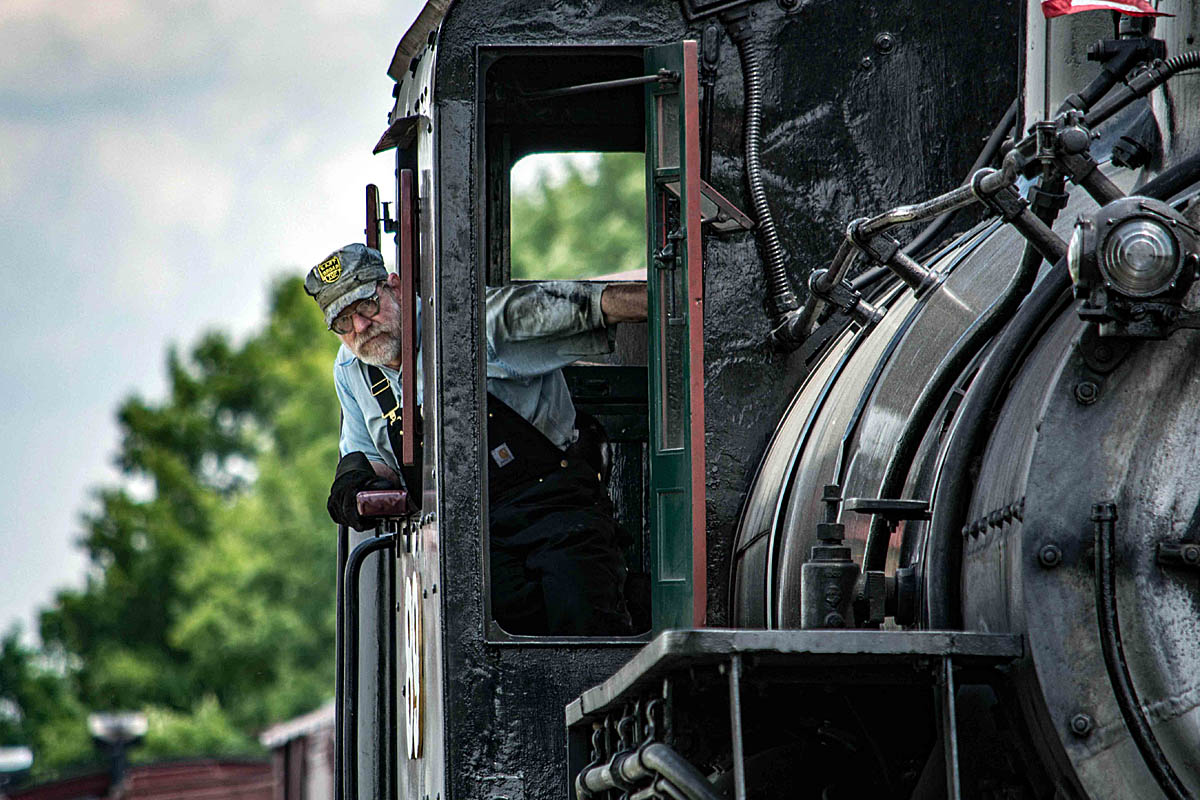

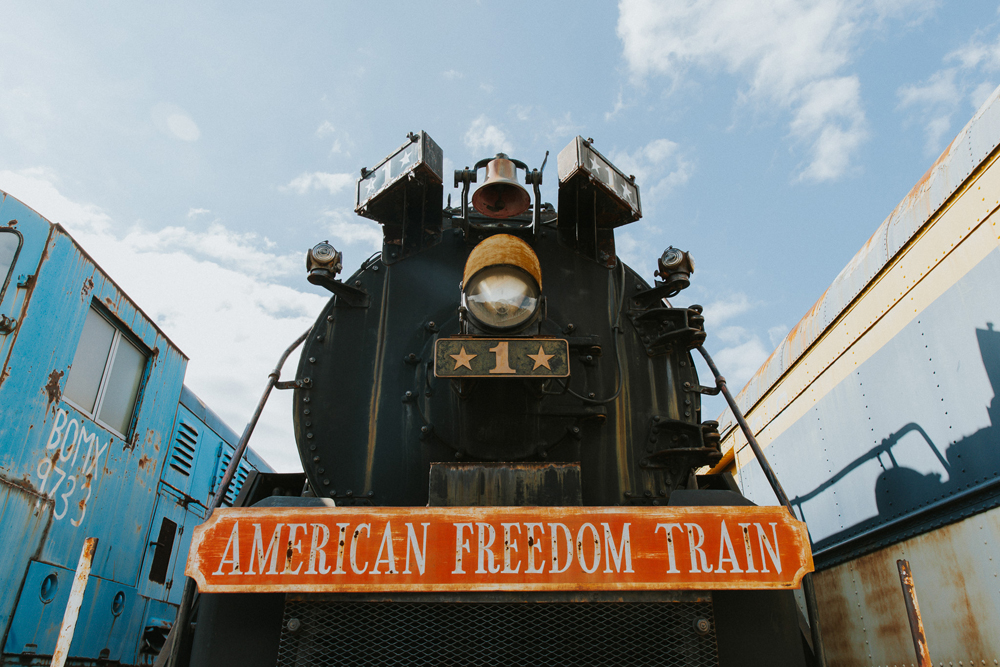
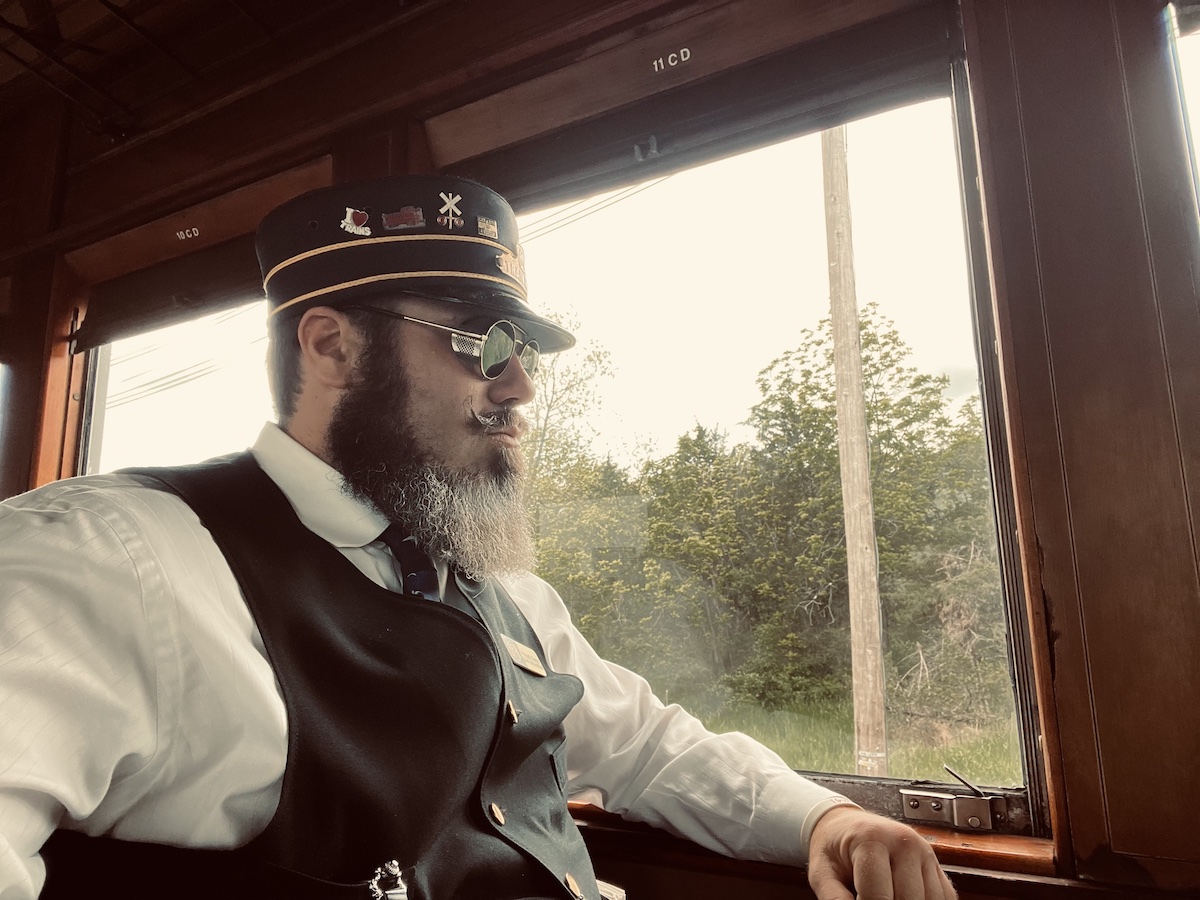
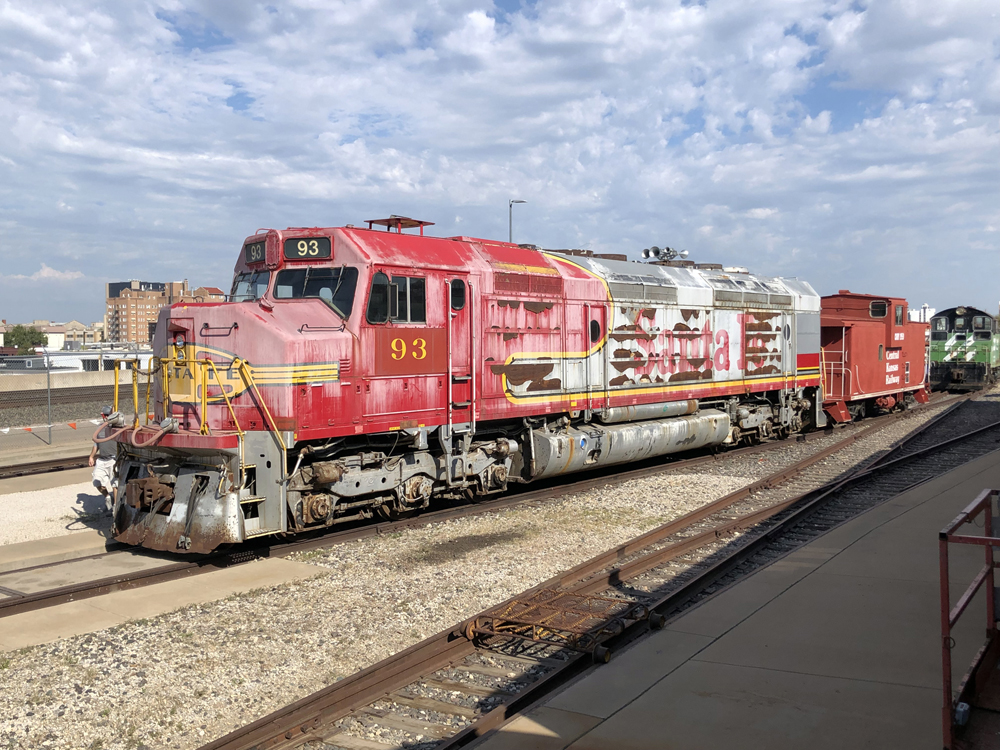
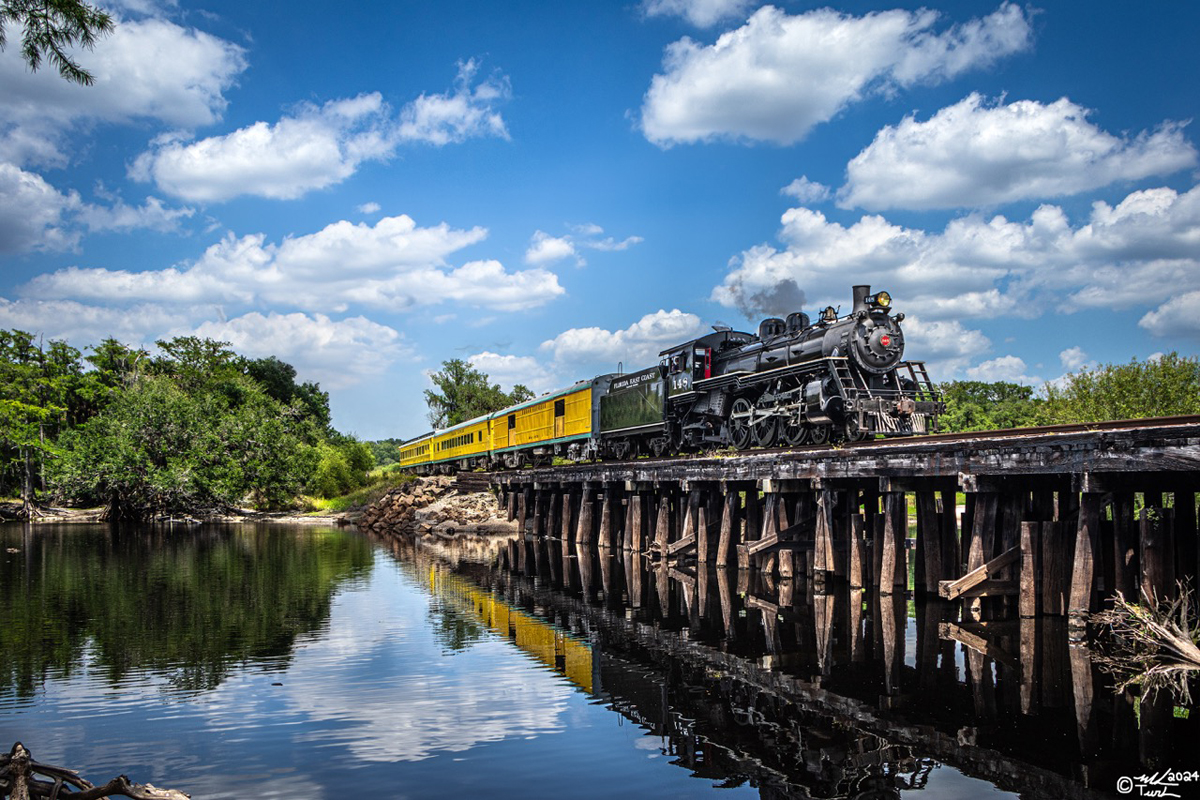




Great interview Kurt.
Lynn, congratulations on an exceptional career and best wishes for retirement.
Don’t disappear, we still need you.
The steam community will be a little less well run with Lynn out of the picture. I hope that his replacement will insist that he at least stay in touch. Knowledge like he has can never be replaced or fully reproduced. I would hope Strasburg allows him to show up and “play with the toys” as much or as little as he wants to.